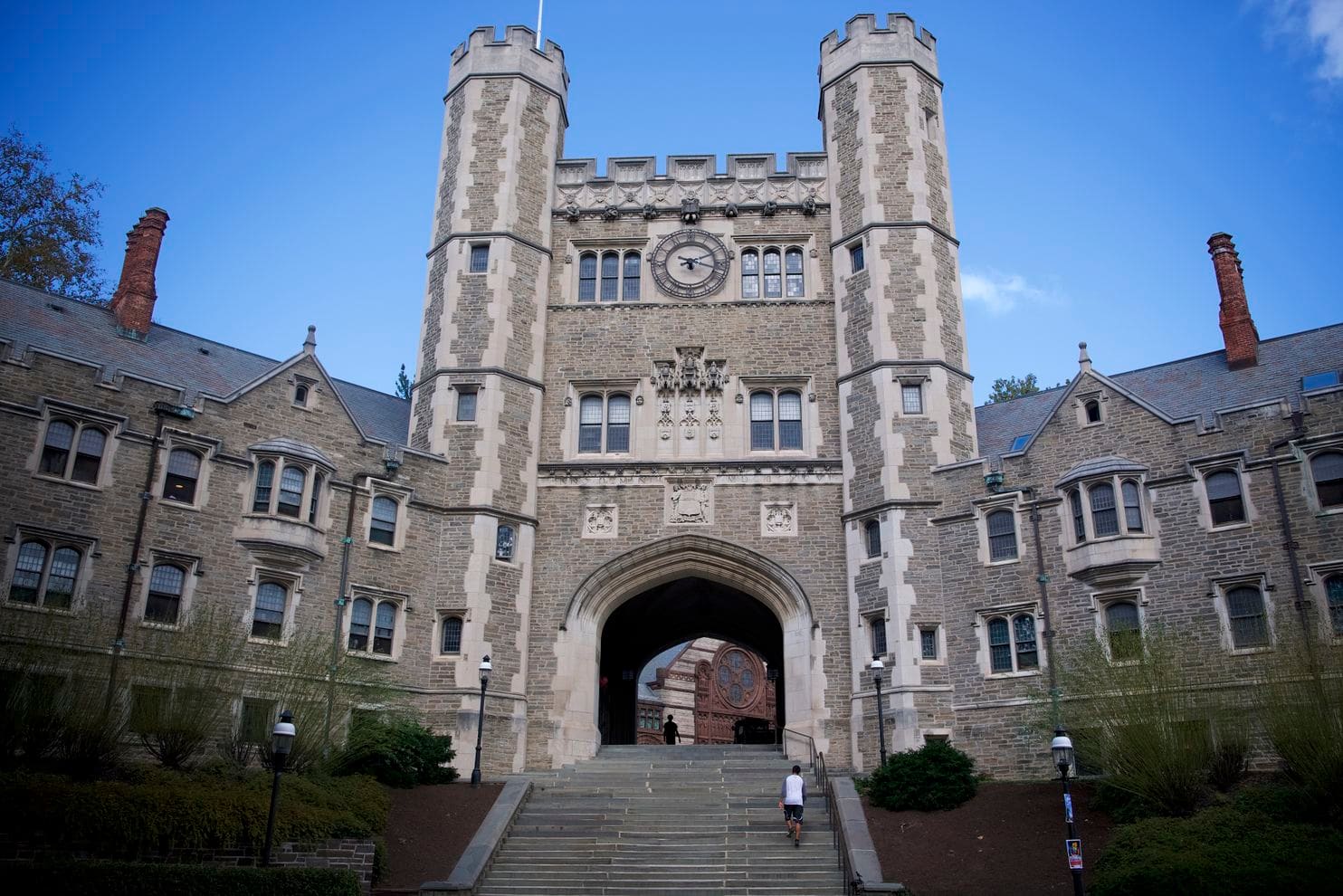
“What’s exciting about Princeton is that we have real expertise in both the fundamental science and the engineering,” said Andrew Houck, professor of electrical engineering, said in the story.“We have world leaders at every layer of this research.”
Princeton recently announced the creation of the Princeton Quantum Initiative to foster exploration and education across the spectrum from fundamental quantum research to applications in areas such as computing, sensors and communications.
The initiative comes at a time of national momentum for quantum sciences. In 2018, the U.S. government established the National Quantum Initiative to energize research and training in quantum information science and technology. The Princeton initiative will offer fellowships for graduate students and postdoctoral researchers, and research and educational opportunities for undergraduates.

Over 30 faculty members, drawn from the departments of electrical engineering, physics, chemistry, computer science, and mechanical and aerospace engineering, will participate in the new program. The initiative will enable new research collaborations across campus and with other universities and industry.
The initiative’s inaugural director is Andrew Houck, professor of electrical engineering. “We have an incredible collection of experts in their respective disciplines,” Houck said, “and the Princeton Quantum Initiative gives us an entity that brings everyone together to accelerate the pace of discovery.”
The fundamental component of this new technology is the qubit, a quantum version of the classical bit that everyday computers use to represent information. A classical bit has a value of either 0 or 1, and joining these bits into strings enables computers to represent information such as letters and numbers.
Quantum bits, by contrast, can have a value of 0 or 1 at the same time. This bizarre quality stems from a quantum concept called superposition, in which an object can exist in two or more states at once. The concept, were it to be applied to everyday life, would result in the paradox known as Schrödinger’s cat, in which a fictional cat is simultaneously alive and dead.
Quantum computers take advantage of the ability for qubits to exist in different states at the same time. This means that quantum computers can consider a lot more information at once, evaluating many outcomes simultaneously, thereby increasing their calculating power exponentially.
Over the last three decades, quantum researchers have come up with a handful of ways to make qubits. The heart of a qubit is typically a very small particle — such as an atom, ion or electron — that due to its tiny size exhibits quantum properties.
One of these is the superconducting qubit or transmon, which is already in use in some early-stage commercial quantum computer prototypes from IBM and Google. A transmon is a sort of artificial atom built from materials such as niobium and aluminum that, at low temperatures, can carry electrical current without resistance. These materials are patterned to form a small electrical circuit that behaves like an atom. The state of the qubit, the quantum 0 or 1, is represented by the amount of energy stored in the artificial atom.
Maintaining this quantum state long enough to be useful, however, is one of the major challenges for the transmon and other types of qubits. Environmental influences such as vibrations, heat or light can disrupt quantum properties. This “decoherence” can make it difficult to maintain a particle in a quantum state for even a brief length of time.
“Quantum states are incredibly fragile,” Houck said. “Real progress is keeping these quantum mechanical properties ‘alive’ for as long as possible so that you can do the kinds of computations, sensing or communications that you want to do before all this falls apart.”
To address this challenge, Houck and his team are collaborating with IBM Research on an IARPA-funded project to fortify the transmon by building more complex circuits that guard against decoherence. This will allow the transmon to hold a quantum state for several hundred microseconds, which is long enough to carry out many computing steps and represents a huge leap from previous qubit technology.
Another strategy for making qubits involves real atoms. Jeffrey Thompson, assistant professor of electrical engineering, cools atoms down to incredibly low temperatures and traps them in a vacuum chamber. Once isolated, the researchers can manipulate an individual atom with tightly focused laser beams called optical tweezers. The researchers can then use additional laser signals to set the trapped atom’s energy levels to represent quantum 0 or 1 states.
“Atoms make very good qubits,” Thompson said. “They are actually easy to work with, and it’s very easy to see a single atom using laser light.”
Still another type of qubit relies on electrons, or more specifically, an inherent quantum property of electrons known as spin. Spin describes the electron’s angular momentum and is sometimes likened to the twirling movement of a top, but it is also analogous to magnetism because, like a magnet, an electron’s spin can point either downward or upward, representing the values of 0 and 1.
Stephen Lyon, professor of electrical engineering, is one of the researchers exploring ways to keep spin qubits in superposition for relatively long periods. His team sends microwave pulses through a highly purified type of silicon, called silicon-28, to coordinate the spins of millions of electrons. The researchers have shown that they can keep spin qubits in superposition for up to 10 seconds, a lengthy duration in the quantum realm.
For quantum computing to achieve its full potential, qubits will not only need to keep their quantum states, but they will also need to share information with each other. They do this via a quantum property called entanglement.
— Original story by Tom Garlinghouse
















